Day 63. Chile’s most important exports are those related to mining and raw materials. Historically, nitrates contributed to Chile’s wealth. Copper continues to be an important commodity found in Chile. And in the future, Chile hopes to make money from lithium which currently powers phones, laptops, cameras and practically anything that beeps and has buttons. But probably the most famous of Chile’s exports is wine, so today we went on a wine tour. It would have been rude not to …
It won’t come as a surprise that we decided to tour a few vineyards by bicycle, ably guided by Mack, an ex-pat from Tennessee.
The dominant grape grown around Santiago is Cabernet Sauvignon. The area is sunny and warm for most of the year, however at night, it gets quite cool which allows the vines to rest. As a result, it is claimed that unlike many other countries, they never have to use extra sugar in the wine making process as the grapes are naturally very sweet. Other grapes also grown in smaller quantities include Merlot, Sauvignon Blanc, Chardonnay, and a little know red variety called Carmenere which sadly used to be very popular here but is grown less and less as the international market is unfamiliar with it.
We visited a grand winery belonging to the Perez family, an old family with old money who make wine as much for prestige as for income.
In contrast, we also visited a small organic winery called Huelquen belonging to a character called Maurio. We arrived just as his grapes were being picked and he let us have a ride on his grape harvester, an interesting contraption which straddles the vines and shakes and sucks the grapes off them as it moves.
Maurio is very proud of the few bottles of wine he makes. We were all invited to sit in his garden for a treat of his stunning reserve cabernet sauvignon with some locally made cheese and crackers.
Our tour ended with a long lazy lunch of Ajiaco (hearty soup) washed down with wine from the wineries we visited. The restaruant was run by a German-Chilean family. Chile has a large German immigrant population that’s over a century old, enticed here by the nitrate boom and the promise that the South of the country is reminiscent of the German countryside.
The restaurant was also home to a St. Bernard which was the size of a small bungalow.
After an arduous day of cycling and drinking wine, we returned to Santiago city and crashed in an instant!
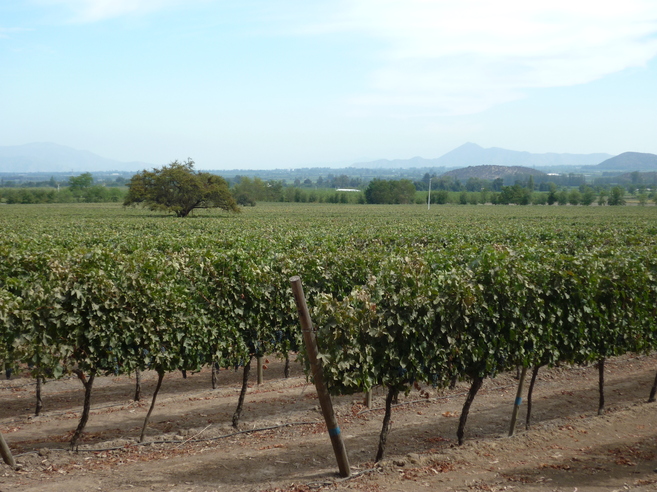
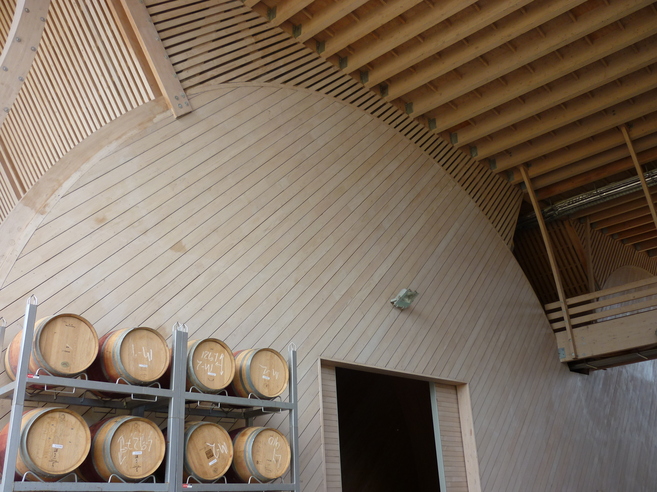
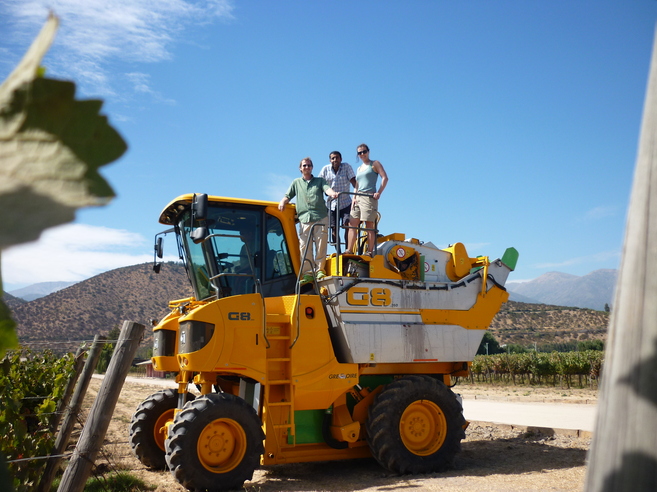
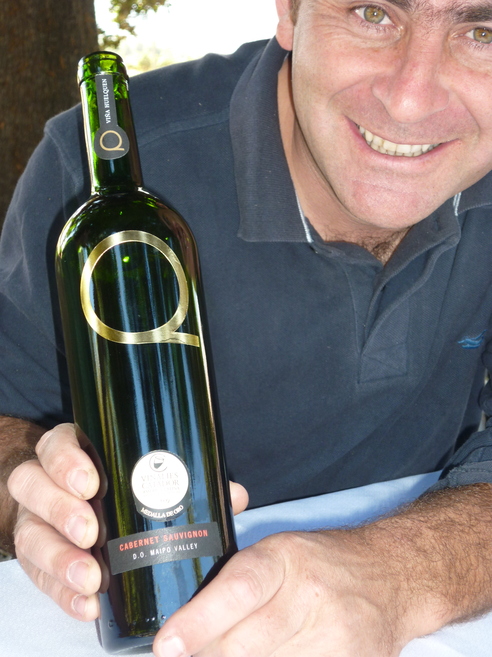
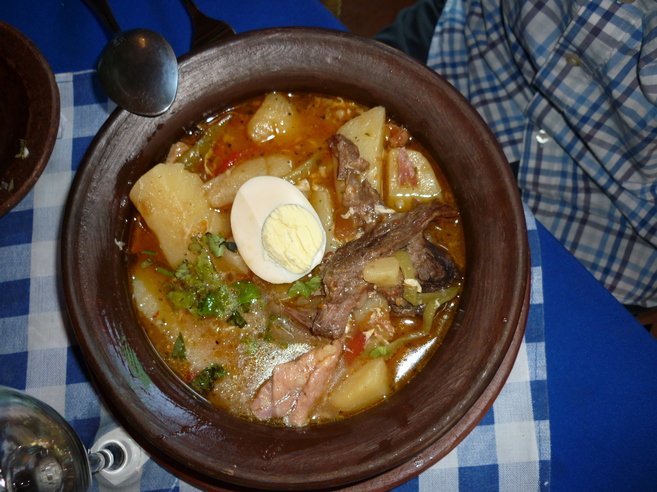
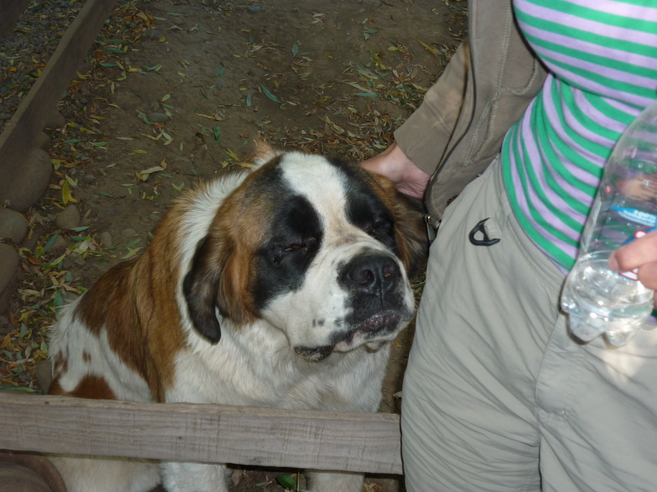
The Ajiaco looks very much like a Spanish Cocido. Did you see much earthquake damage? There were reports of the wine region being badly hit with lots of lost bottles and barrels.
The vines themselves were completely unharmed by the earthquake, however many fermentation tanks collapsed and broke. Chile is going to experience a huge surplus of grapes without enough capacity to turn it all to wine. There will be plenty of cheap (but small) table grapes this year. And perhaps 2010 is a good year to buy good but rare Chilean wine! Stick to the Cabernet Sauvignon.
Annie & Safe